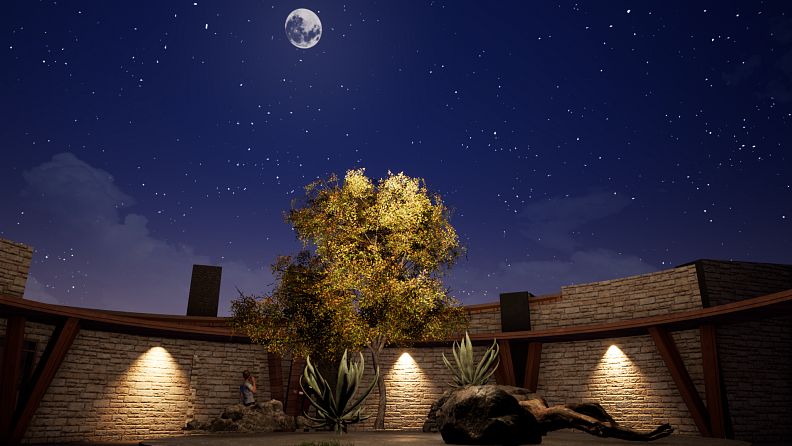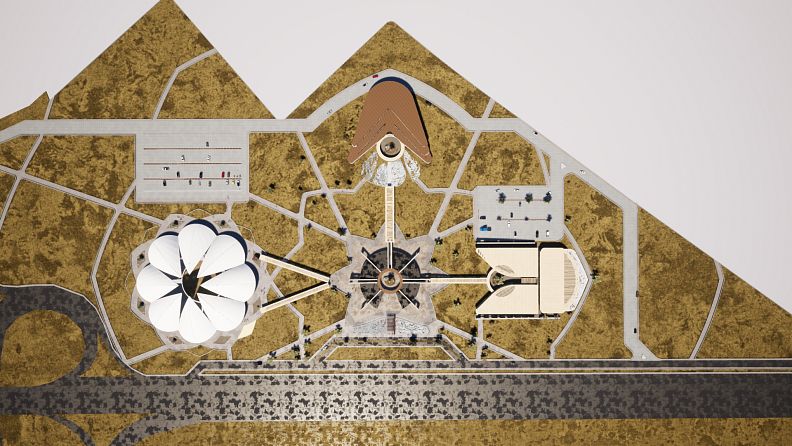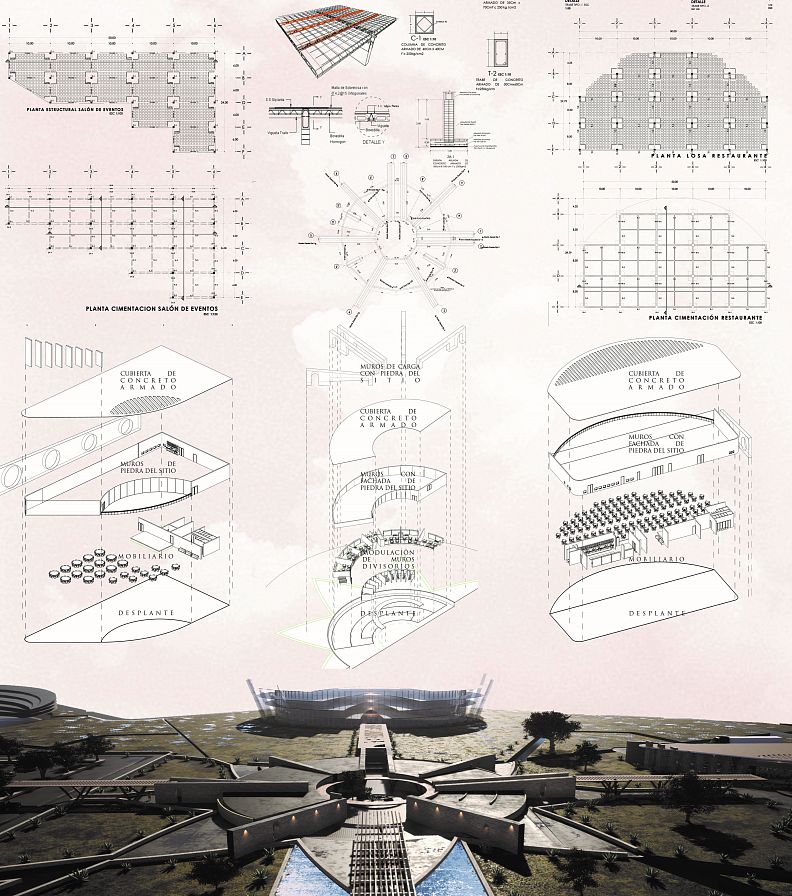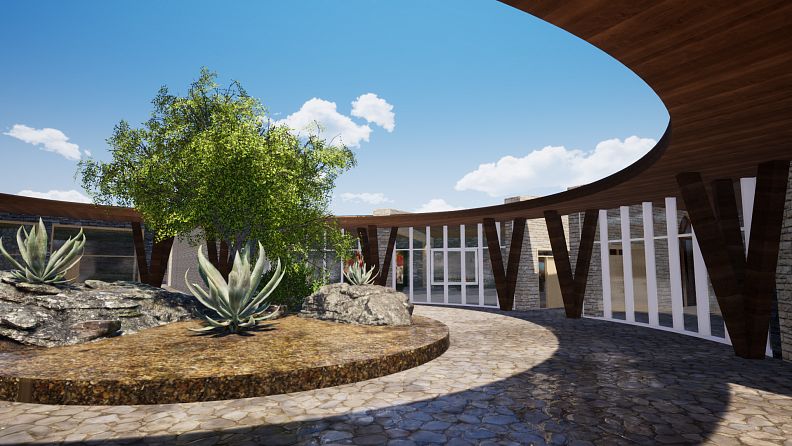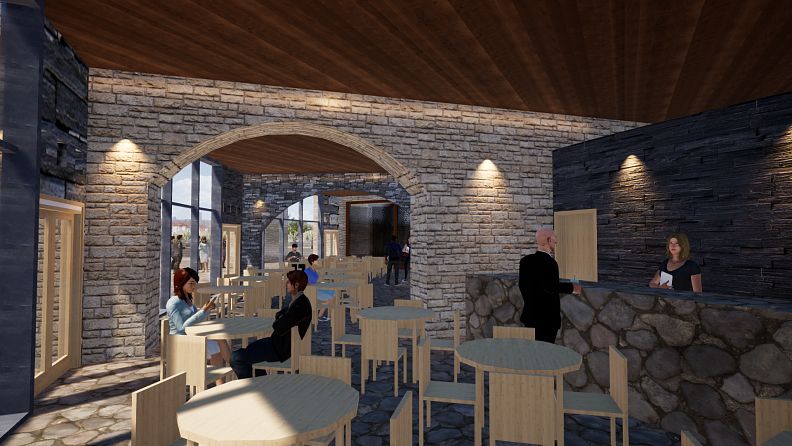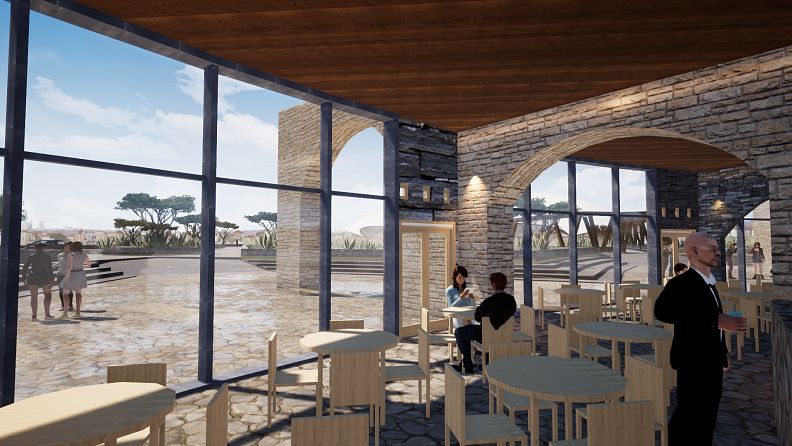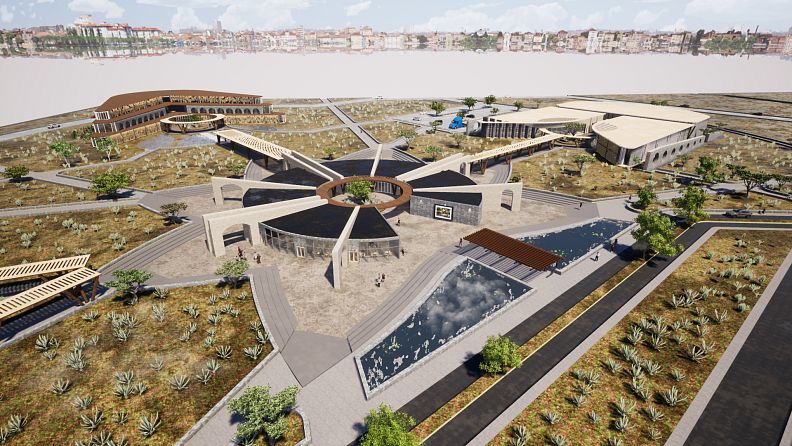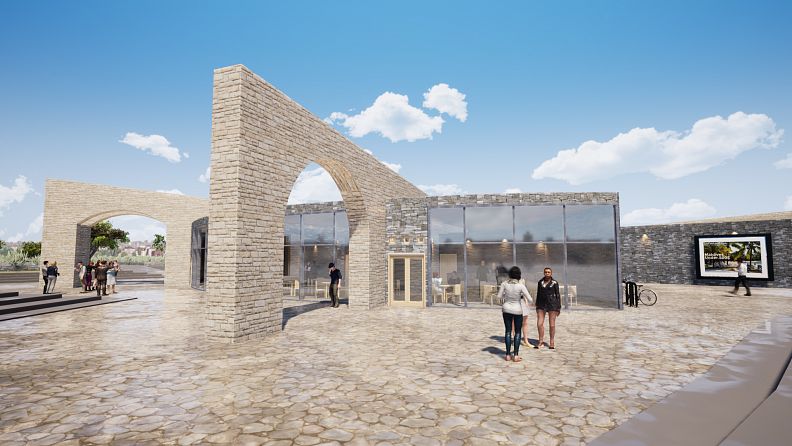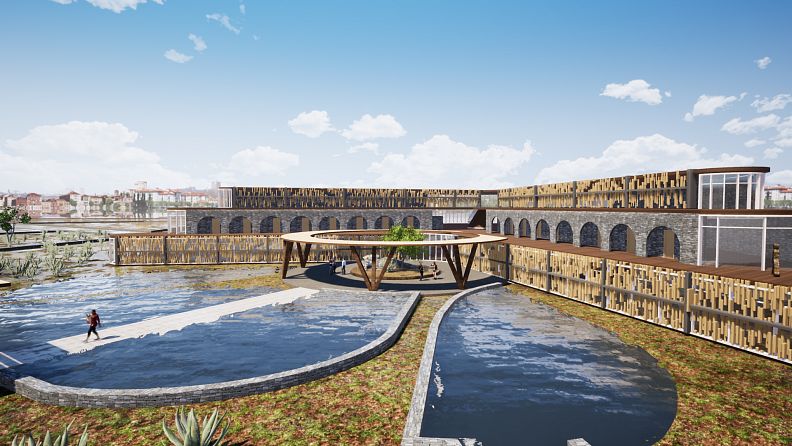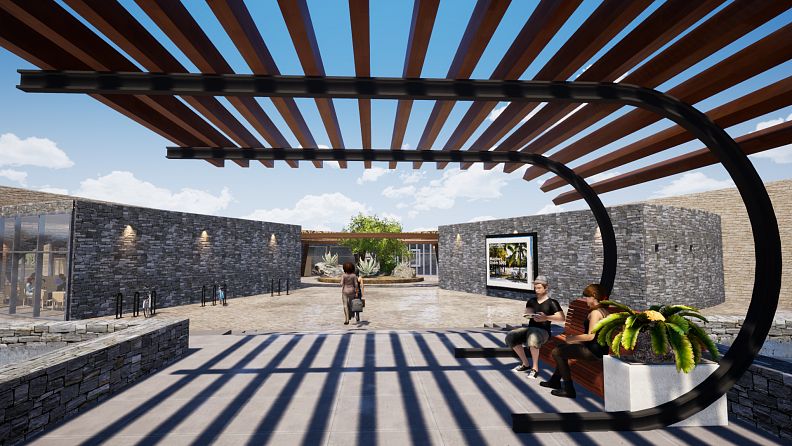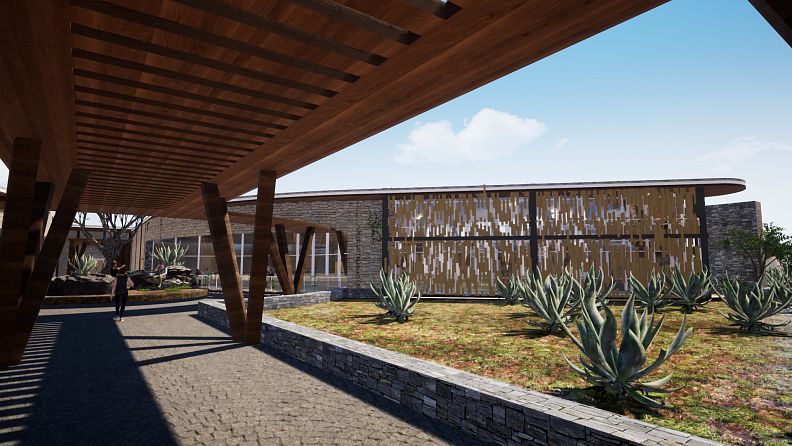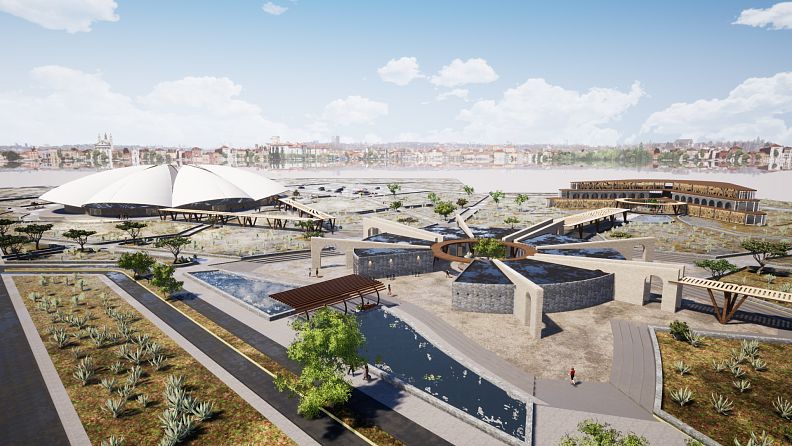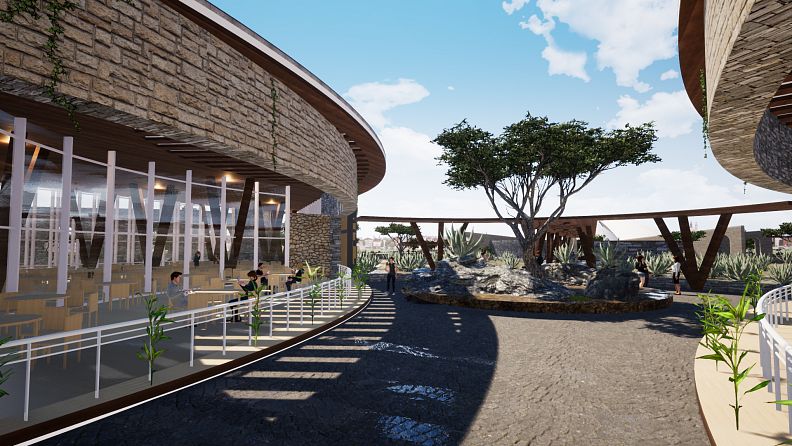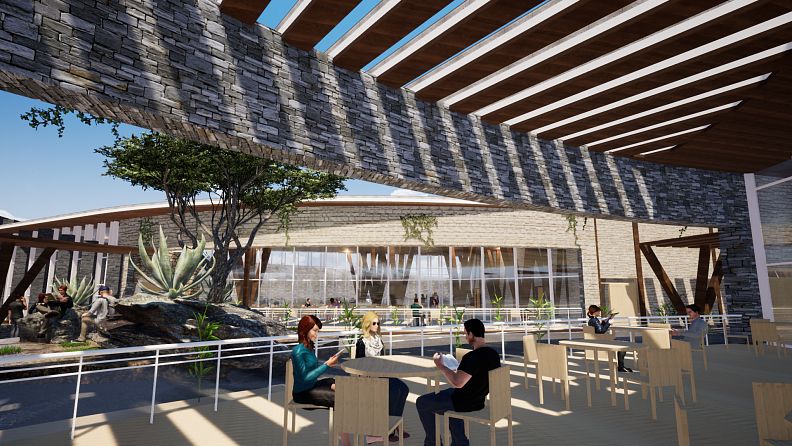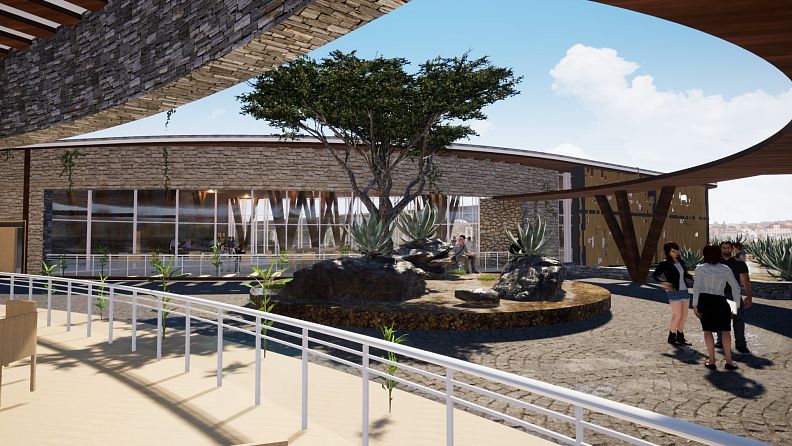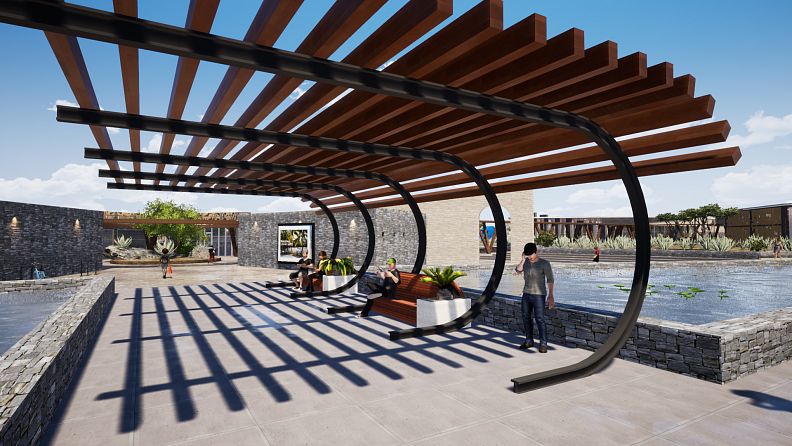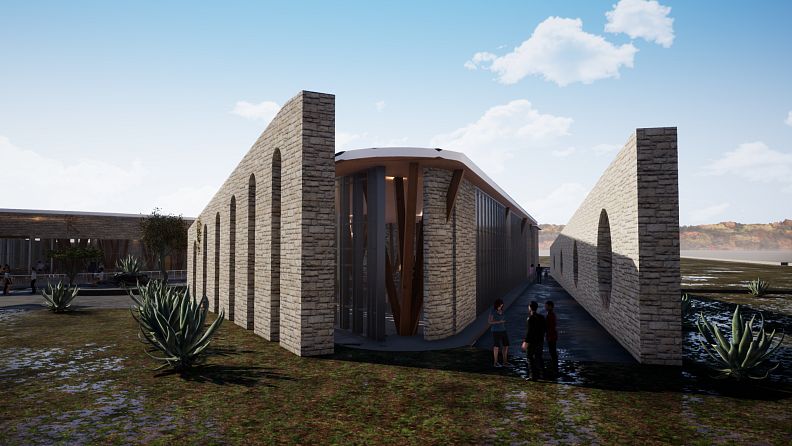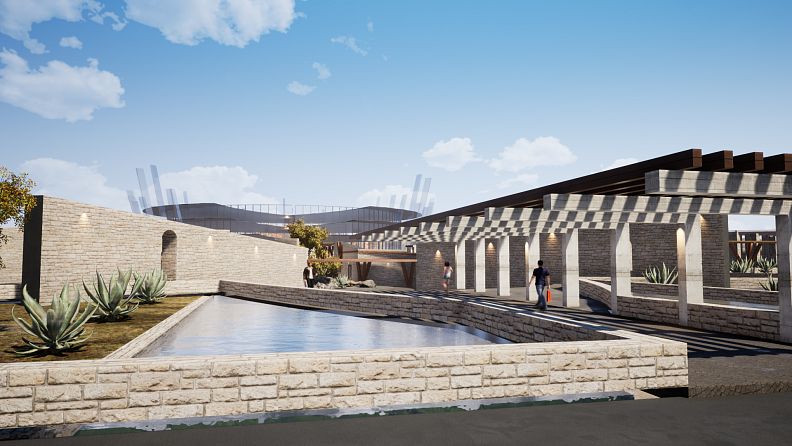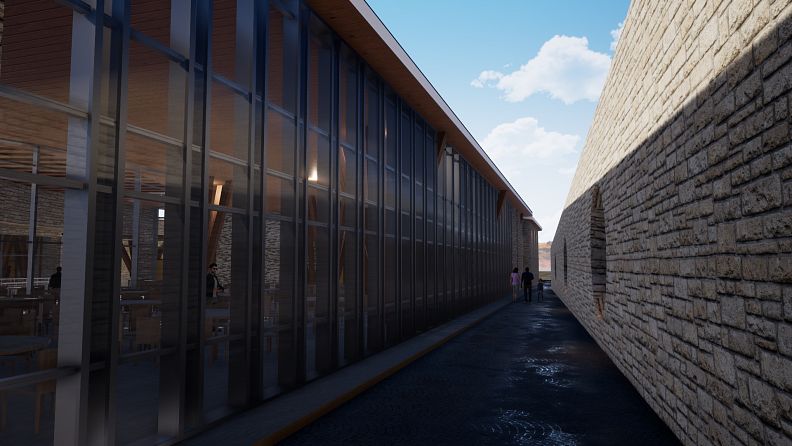Casa Agave, The House of Tequila, Pulque and Mezcal

Project idea
Casa Agave, which was developed for the fourth level of Luis Barragán's Atelier for the Felix Candela Award.
Agave cultivation is part of the Mexican identity. The use of this plant dates back at least seven thousand years and that gives us an example of the regional use of a town, the ability to observe its surroundings, and the use of natural resources, with a responsible and respectful sense.
In 2006, the Agave Landscape was declared a World Heritage Site and Cultural Landscape by UNESCO in Jalisco, where there was an increase in its agave landscape as a result of consumers' preference for more elaborate products such as mezcal or tequila and its products such as pulque and Agua Miel were replaced.
Places such as Singuilucan, a municipality in the state of Hidalgo, decreased its production and, consequently, its agave landscape, so we chose this property to locate the project
These spaces are also raised with materials endemic of the region worked on-site, such as claystone and wood, thus providing not only spaces, in addition to providing the sensations, textures, and smells that characterize Hispanic cattle ranches
but also spaces for economic development that promotes tourism in the region and the work of artisans, as well as heritage culinary so valuable that Singuilucan lives, putting on high the culture around food, mead, pulque, and mezcal.
Project description
The concept of the project arises from the agave, an abstract agave seen from above that gives us the main plaza shape, from where the different areas of the project are vestibuleted.
the same plant of the main plaza gives us the tissue of the collection trails in the cultivation area, which is the most important area of the architectural program for being the one that preserves the agave landscapez
The concept was the abstraction of the maguey plant over a grid of circulations that integrates and connects the entire project and channels it to a central distribution plaza.
The intention of the distribution plaza is for the user to have access to all areas of the project having this central space that distributes and controls the circulation of the project, offering visual shots and sensations along with the circulations.
The central plaza offers the integration of spaces for economic development, such as the handicrafts market within the plaza, together with the gallery, food zone that brings service to the massive forum, and leisure areas.
The lounges and the restaurant are integrated in the same way by a central plaza that distributes the two lounges, with a visual shot towards the restaurant that also provides service to both lounges. This space is directly connected to the parking lot. making the user's path shorter, as well as the circulations that connect with the project.
Both spaces have design and composition concepts that offered to the user a true feeling of being inside cultivated land having direct contact with the outside exterior, taking better advantage of the landscapes, and emphasizing them with design elements such as a water mirror, curtain walls, and terraces with double heights that provide sensations of thermal, light and weather protection comfort.
Technical information
The construction of the project will be mostly with rigid wooden frames and laminated wood decks
Wood is a renewable, organic, economic resource and easy to work alone or in combination with other materials.
WOOD STRUCTURES ARE FORMED OF PIECES TOGETHER, SO UNIONS ARE SINGULAR POINTS THAT ARE NEEDED TO STUDY
